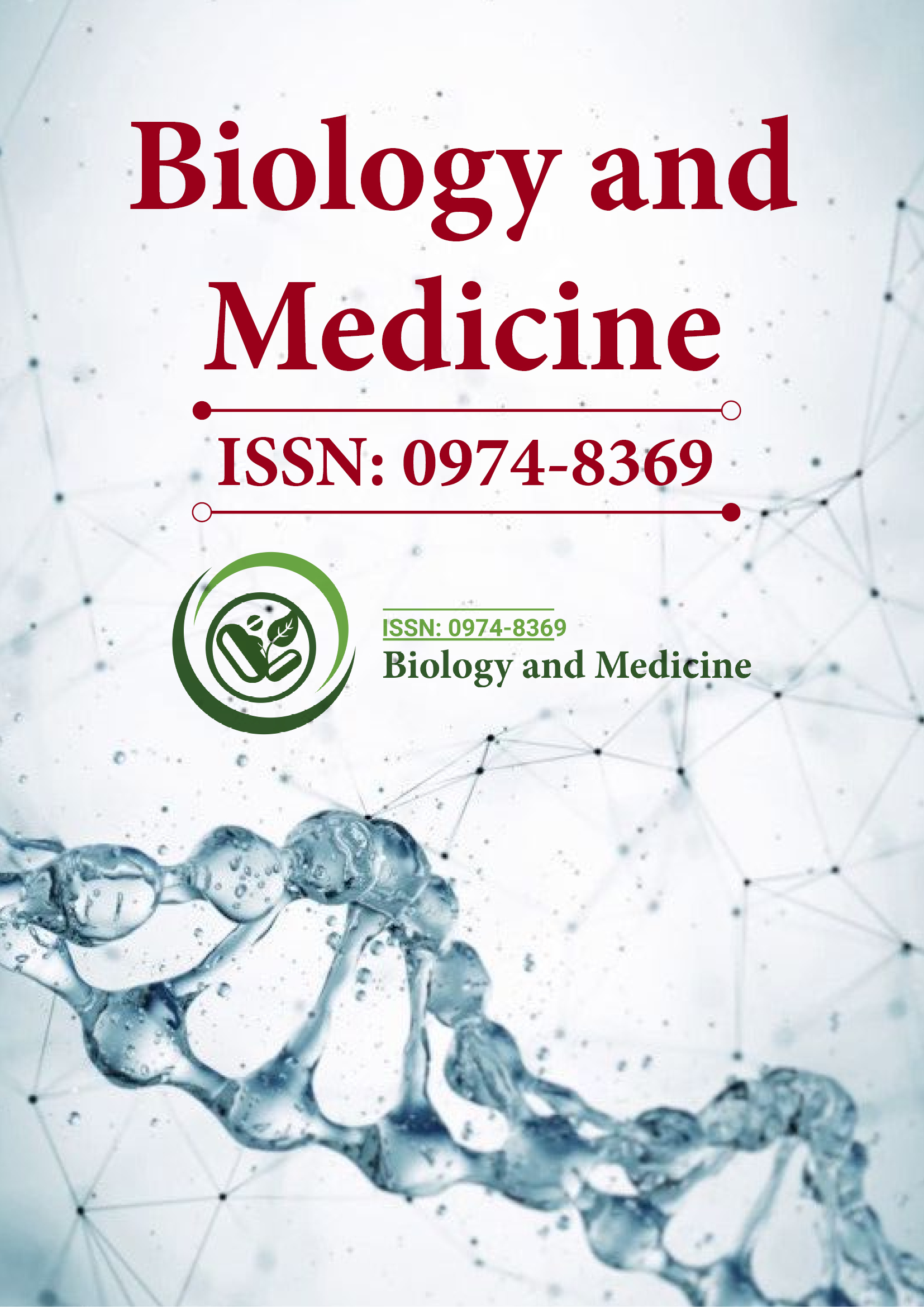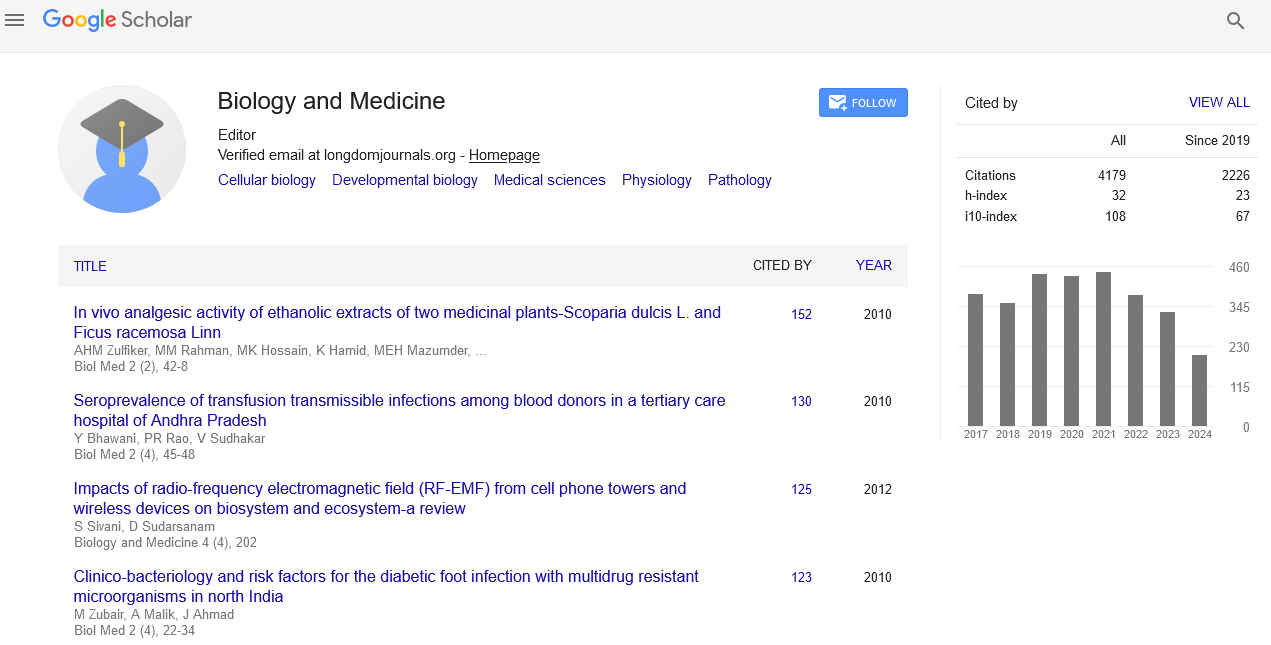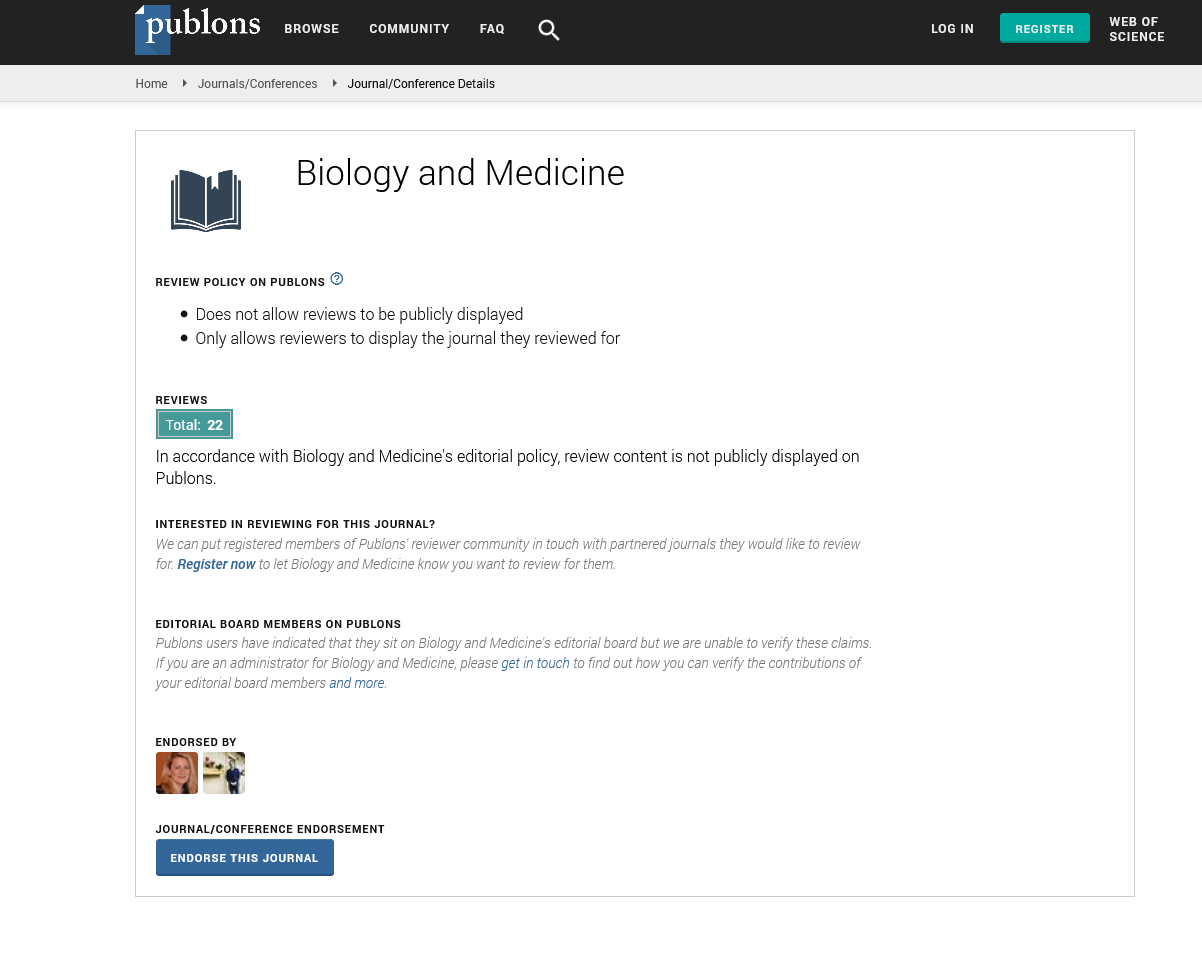Indexed In
- Open J Gate
- Genamics JournalSeek
- CiteFactor
- Cosmos IF
- Scimago
- Ulrich's Periodicals Directory
- Electronic Journals Library
- RefSeek
- Hamdard University
- EBSCO A-Z
- Directory of Abstract Indexing for Journals
- OCLC- WorldCat
- Proquest Summons
- Scholarsteer
- ROAD
- Virtual Library of Biology (vifabio)
- Publons
- Geneva Foundation for Medical Education and Research
- Google Scholar
Useful Links
Share This Page
Journal Flyer

Open Access Journals
- Agri and Aquaculture
- Biochemistry
- Bioinformatics & Systems Biology
- Business & Management
- Chemistry
- Clinical Sciences
- Engineering
- Food & Nutrition
- General Science
- Genetics & Molecular Biology
- Immunology & Microbiology
- Medical Sciences
- Neuroscience & Psychology
- Nursing & Health Care
- Pharmaceutical Sciences
Physiological functions of the CreBC two-component regulatory system in Stenotrophomonas maltophilia
2nd World Congress on Beneficial Microbes: Food, Pharma, Aqua & Beverages Industry
September 22-24, 2016 Phoenix, USA
Tsuey-Ching Yang, Hsin-Hui Huang and Wei-Ching Chen
National Yang-Ming University, Taiwan
Super Laboratory Co. Ltd., Taiwan
Posters & Accepted Abstracts: Biol Med (Aligarh)
Abstract:
Stenotrophomonas maltophilia occurs naturally in a variety of habitats and harbors at least 43 sets of two-component regulatory systems (TCSs) to respond environmental conditions. The CreBC TCS is a conserved regulatory system found in Escherichia coli, Aeromonas spp., Pseudomonas aeruginosa and S. maltophilia. The physiologic roles of CreBC TCS in bacterial growth, morphology, secreted protease activity and swimming were assessed. We constructed creB, creC and creBC in-frame deletion mutants KJ╬?CreB, KJ╬?CreC and KJ╬?BC in S. maltophilia KJ and compared the behaviors of wild type and mutant strains in a variety of assays. Single knockout mutants KJ╬?CreB or KJ╬?CreC and the double mutant (KJ╬?BC) displayed wild type patterns of growth and morphology. Compared to that in wild-type KJ, secreted protease activity in KJ╬?CreB was unchanged; however, secreted protease activity was significantly reduced in KJ╬?CreC and KJ╬?BC. This finding suggested that CreC can be cognate with an unidentified response regulator and governs secreted protease activity. Single gene inactivation of either creB or creC in S. maltophilia KJ resulted in mutants with enhanced swimming motility and this phenotype was augmented in the double mutant KJ╬?BC. To elucidate the underlying regulatory circuit responsible for ╬?creBC-mediated swimming enhancement, morphological observation of the flagella was performed. Most KJ╬?BC cells had flagella numbers and morphology similar to those of wild-type KJ cells, ruling out the possibility that enhanced swimming motility in KJ╬?BC was due to altered flagella morphology. The exact mechanism responsible for the ╬?creBC-mediated swimming enhancement is still unclear.
Biography :
Tsuey-Ching Yang is a Professor of National Yang-Ming University, Taiwan. She has published more than 50 papers in reputed journals.
Email: tcyang@ym.edu.tw


